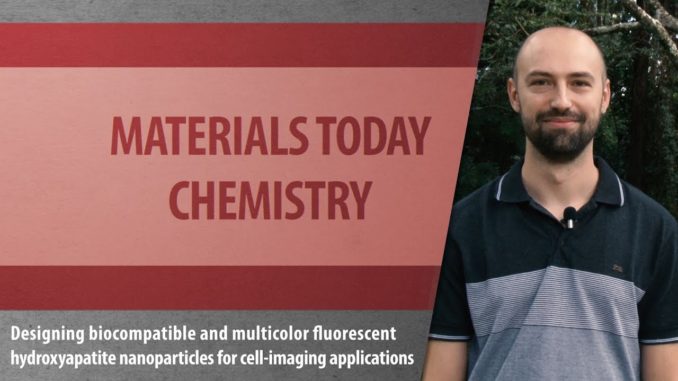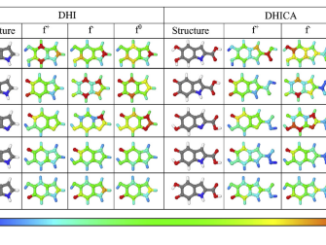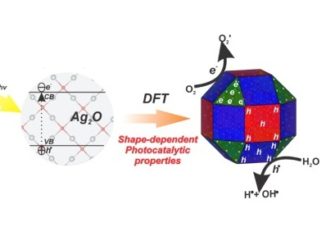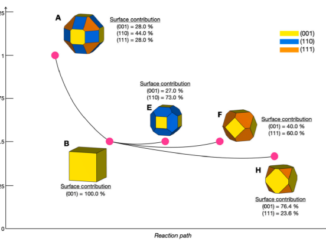
Designing biocompatible and multicolor fluorescent hydroxyapatite nanoparticles for cell-imaging applications
Abstract: In recent years, there has been a growing effort toward the synthesis, engineering and property tuning of biocompatible nanoparticles (NPs) that can be detected by confocal microscopy and then used as fluorescent probes. Defect-related fluorescent hydroxyapatite (HA) is attracting considerable attention as a suitable material for cell-imaging owing to its excellent biocompatibility, biodegradability, easy cell internalization capability, and its stable and intense blue fluorescence. Although the self-activated fluorescence of HA is advantageous, as it avoids the use of lanthanide dopants, organic dyes, or the need to be combined with other fluorescent inorganic nanocrystals, its preparation by simple procedures with fine control of the defects which govern this property remains challenging. In this study, we propose a new, simple, and cost-effective strategy of fluorescence imaging using HA nanorods (HAnrs) obtained by chemical precipitation followed by heat treatment at relative low temperature (350 degrees C) without using any sophisticated equipment or inorganic/organic additives. Structural, compositional, and morphological analysis, as well as a cytotoxicity assay, are described in detail. The fluorescence characterization of HAnrs shows an intense bluish-white broad-band emission (lambda(max) = 535 nm), and the defects which cause this behavior are studied by temperature-dependent photoluminescence measurements (38-300 K). Moreover, the high density of defects in heat-treated HA leads to tunable fluorescent property (lambda(max) = 399-650 nm) across the entire visible spectrum as a function of the excitation wavelength (lambda(exc) = 330-630 nm) with the potential for further multicolor imaging applications. Labeling results by confocal microscopy show that HAnr co-cultured with human dermal fibroblast cell line exhibit fluorescence signals in the cells even after 48 h of incubation with no evident cytotoxic effects. Therefore, heat-treated fluorescent HAnr can be utilized for tracking and monitoring cells and is a safe alternative for the traditional probes used in bioimaging procedures. (C) 2019 Elsevier Ltd. All rights reserved.
Author(s): Machado, TR; Leite, IS ; Inada, NM ; Li, MS ; da Silva, JS; Andres, J ; Beltran-Mir, H ; Cordoncillo, E ; Longo, E
MATERIALS TODAY CHEMISTRY
Volume: 14 Pages: 12 Published: DEC 2019
DOI: 10.1016/j.mtchem.2019.100211




